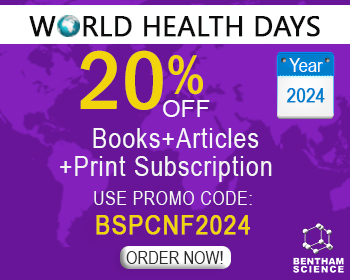Abstract
Background: The increased risk of cardiovascular disease (CVD) in postmenopausal women and ovariectomized patients suggests that estrogen has a protective effect on cardiac function. Oxidative stress is the main cause of CVD, and the cellular defensive Nrf2 antioxidant pathway plays a protective role in various pathologies. However, the regulation of Nrf2 by estrogen has received little attention.
Objective: The present study aimed to investigate the role of Nrf2 in the effect of estrogen on cardiac function.
Methods: In the present study, female SD rats were divided into three groups as follows: sham operation (SHAM), bilateral ovariectomy (OVX) and bilateral ovariectomy with estradiol valerate (EV) supplementation (OVX+EV). Vaginal smears and E2 concentrations were used to confirm the success of the model. We compared cardiac morphology and function by echocardiography and HE staining. The levels of oxidative stress markers and antioxidant enzymes as well as protein expression of antioxidant genes were evaluated by Western blotting and immunohistochemistry.
Results: Our results showed that supplementation with estrogen restored the parameters to some extent. Left ventricular end diastolic diameter at diastolic (LVID;d) and left ventricular volume at diastolic (LV vol;d) increased but MV E wave/A wave (E/A) significantly decreased. The oxidative stress indicators (malondialdehyde) increased, and the antioxidant activity indicators, such as superoxide dismutase (SOD) and catalase (CAT), decreased. Further, the expression of most Nrf2 antioxidant pathway-related proteins in the heart decreased after ovariectomy.
Conclusion: The present study demonstrated that estrogen may protect cardiac function by regulating antioxidant capacity through the Nrf2 pathway.
Keywords: Estrogen, heart, oxidative stress, Nrf2 pathway, estradiol, estrogen for CVD.

























